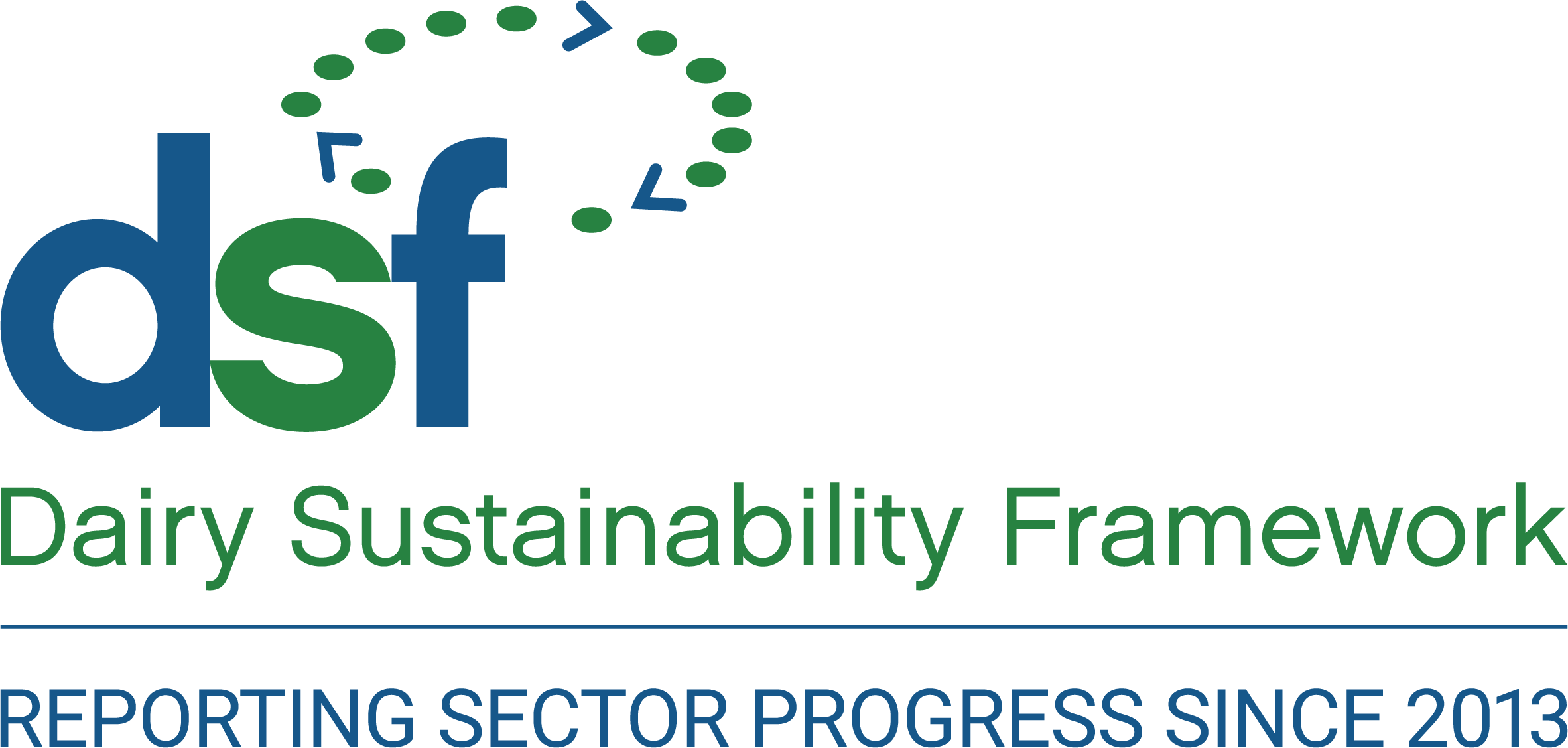- Criteria Overview: read and download the GHG Emissions criteria overview.
- Strategic Intent: GHG emissions across the full value chain are quantified and reduced through all economically viable mechanisms.
- Indicator: Greenhouse Gas emissions are calculated using the IDF standard life cycle methodology as described in the IDF Guide to Standard Life Cycle Assessment Methodology (Bulletin of the IDF No. 479/2015).
- Theory of change: GHG emissions can be represented as a tangible number that, if calculated consistently across the dairy sector, can be aggregated. Comparison of GHG emissions between reporting periods can determine whether emissions are being reduced. This comparison will help determine whether management strategies have resulted in the desired outcomes. The DSF will be able to communicate publicly the progress of the dairy sector to reduce GHG emissions.
- Reporting Strategy: Each participating member organization that has prioritized this criterion will establish their baseline GHG emissions, and thereafter calculate their Greenhouse Gas emissions at three-year intervals, though the DSF will not currently require this to be reported. At times the DSF Governors may request the collection of this data for certain projects. Members who prioritized the GHG Emissions criteria will be required to share in case-study format the activities they are undertaking every two years using the DSF case study template. The DSF will also commission an independent study every 5 years using the global data reported by FAO to generate the global dairy GHG situation.
- Reporting Schedule: Baseline established 2019 (FAO/GDP Report) Reported at 5-year intervals

